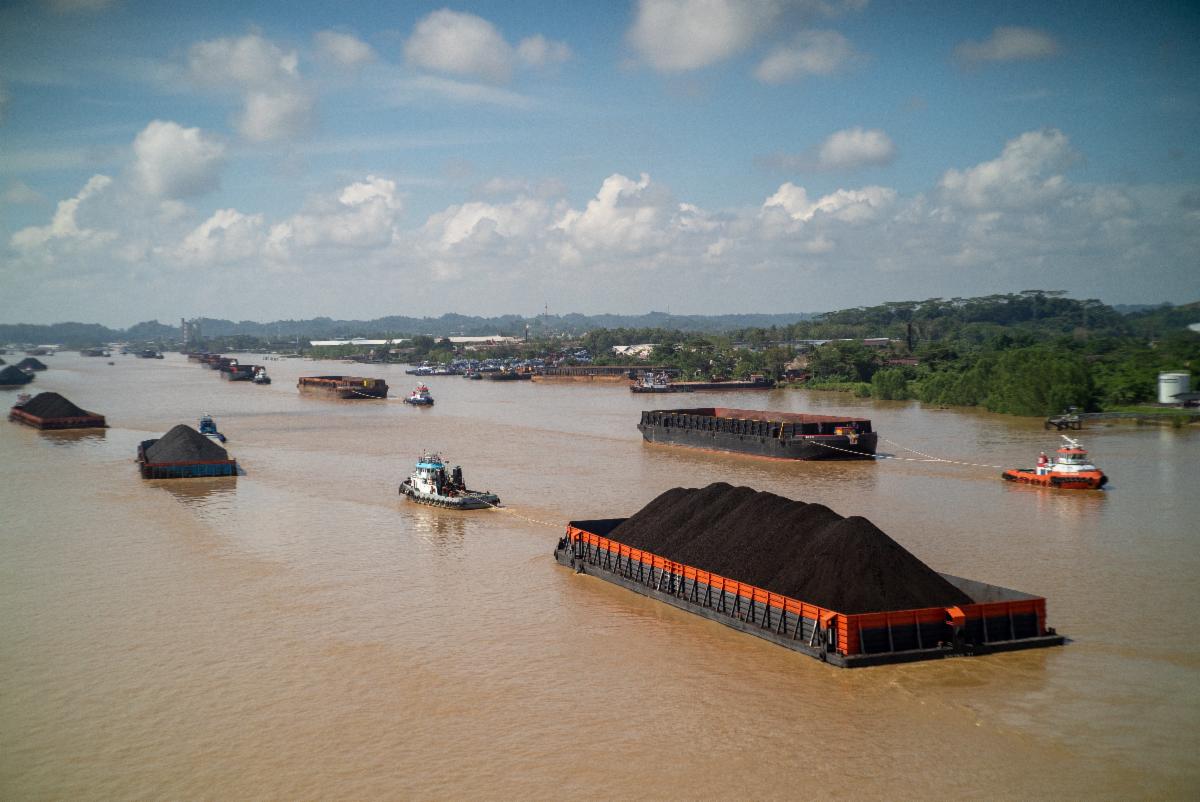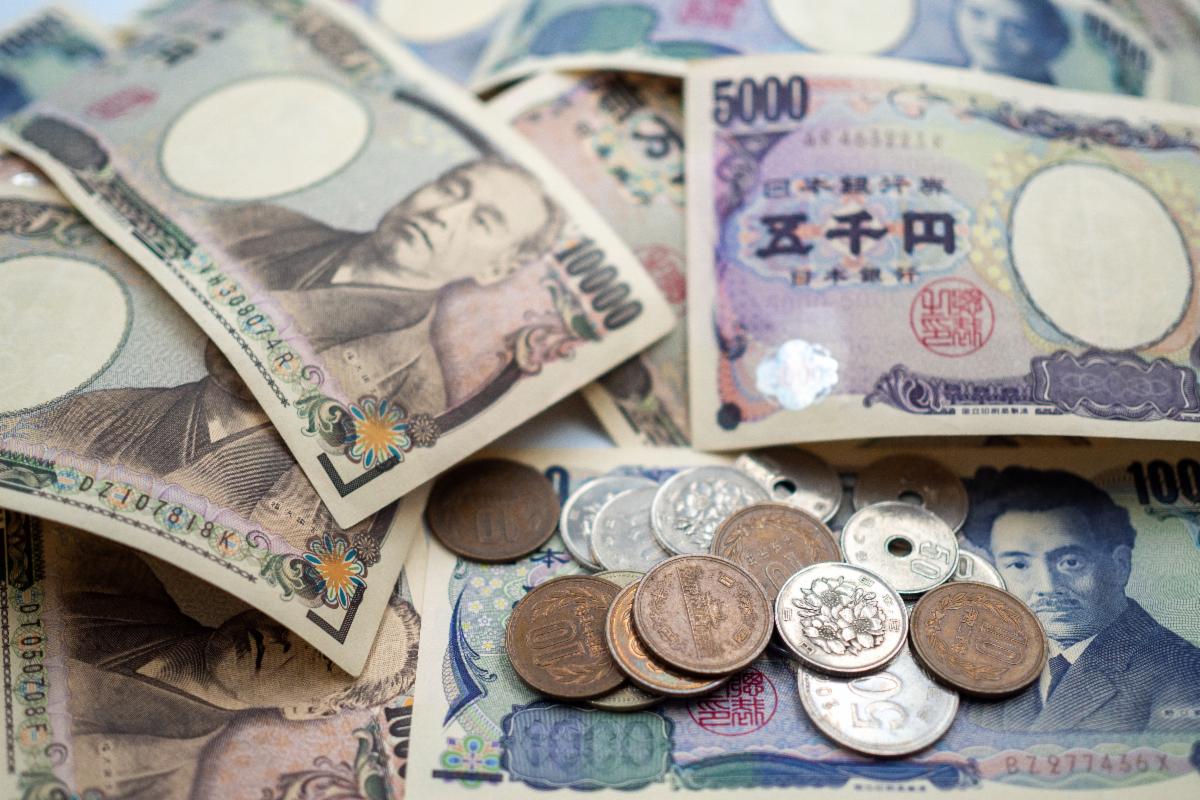Indo-Pacific Energy Update – February 22, 2023
Indo-Pacific Energy Update – February 22, 2023
Want to receive future energy updates? Subscribe here.

South Korea, Mongolia agree to new rare earths cooperation to stabilize supply chains
On February 15th, South Korean and Mongolian Industry Ministers signed a memorandum of understanding to encourage cooperation on rare earth supply chains. The signing coincided with a meeting in Seoul between South Korean President Yoon Suk Yeol and Mongolian Prime Minister Luvsannamsrai Oyun-Erdene during which the two heads of state discussed deeper partnership in supply chain and infrastructure development.
Why it matters: The agreement encourages joint ventures as South Korea seeks to reduce its dependence on China for rare earth metals used in electronics, clean energy systems, and other products. South Korea is a member of the U.S.-led Minerals Security Partnership (MSP) and also recently concluded a deal with MSP member Australia to process rare earth metals mined there. South Korea currently relies heavily upon imported rare earths, of which 59% came from China in 2020. The Australia and Mongolia moves, along with solar and EV battery investments in the U.S., will help South Korea bolster its role in clean technology markets.

Company behind planned undersea cable to bring solar power from Australia to Singapore up for sale
Sun Cable, developer of the planned Australia-Asia PowerLink (AAPL), began taking sales bids after entering voluntary court administration due to a dispute between its top financial backers. The $21 billion project aimed to build 20 GW of solar capacity in Australia and deliver power to Singapore via 4,200 kilometers of undersea cables. The effort stalled, however, as one of its leading funders reportedly sought to drop the ambitious cable link in favor of supplying Australia’s domestic power market. Either or both of the project’s two principal supporters, Squadron Energy and Grok Ventures, could submit ownership bids before the sale, expected to be finalized in May. Singapore’s Trade and Industry Minister has stated the country had made no financial investments into the AAPL project.
Why it matters: The AAPL’s possible collapse illuminates the challenges inherent in long-distance transmission projects and could complicate Singapore’s efforts to meet its clean energy targets. The project is over five times longer than the next longest undersea transmission line and would be a considerable financial and engineering undertaking. The proposal –and its potential fate—also highlight how Southeast Asia’s geography makes grid integration more difficult and expensive than in some other regions. For its part, Singapore’s Energy Market Authority previously announced plans to import 30% (4 GWs) of its electricity from low-carbon sources by 2035, primarily through solar and carbon capture technologies. The AAPL could have provided half of this by meeting 15% of Singapore’s energy needs. As of June 2022, oil and LNG made up 95% of Singapore’s energy consumption.

Indonesia joins Just Energy Transition Partnership as it hits record coal exports
On February 16th, the Government of Indonesia launched the Secretariat for the Just Energy Transition Partnership (JETP) in coordination with the co-leads of the International Partners Group (IPG), a coalition led by the United States and Japan and includes the European Union, Canada, and many other European countries. Indonesia’s energy needs received special attention during the G20 Leaders’ Summit in Bali and throughout the country’s G20 presidency, which led up to the Bali event. JETP will help coordinate the $20 billion in public and private financing to assist in Indonesia’s transition away from coal power and toward clean energy. Two weeks earlier, Indonesia’s Energy and Mineral Resources Minister said Indonesia planned to produce 695 million tons of coal and export 518 million tons in 2023. The minister also estimated Indonesia’s domestic coal consumption would decline from 193 million tons (2022) to 177 million (2023).
Why it matters: While Indonesia has committed to reduce its coal use, that hasn’t yet diminished its role as the world’s leading coal exporter. Indonesia’s coal exports to India, Japan, and South Korea increased in 2022 and the country is still building new coal power plants. A loophole in the $20 billion energy transition deal permits new coal plants if they had been previously announced or are deemed “nationally strategic projects.” Ensuring that clean power is both affordable and reliable is especially difficult for developing countries like Indonesia, where governments face continuing dilemmas in allocating scarce resources —and limited international assistance— to meet pressing needs. Considerable growth in Indonesia’s power demand forecasts adds to these difficulties by increasing the support needed to build new clean power systems while also working to reduce emissions from existing generation.

High energy prices persist in major Asian markets
Japan’s finance ministry announced its largest-ever trade deficit of $26 billion in January 2023 due to higher-priced energy imports. Japan’s neighbor, South Korea, is also reeling from high natural gas prices, with plans to increase energy vouchers to consumers to combat winter heating bills. The Reserve Bank of India said the country’s fuel and power prices had rose by 57% between January 2021 and August 2022.
Why it matters: Over a year later and thousands of miles away, Russia’s invasion of Ukraine and resultant sanctions continue to beleaguer Asian economies heavily reliant on energy imports. With Europe importing less Russian pipeline gas, European buyers have been willing to pay more for LNG spot cargoes than many Asian markets, driving up prices and reducing availability for smaller Asian economies, though some indicators suggest this pressure may be easing. Japan is importing natural gas at $20.15/MMBtu, up from $15.53/MMBtu in June 2022, which is a higher price than all of 2021. Japan and South Korea have been among the largest global importers of LNG, and while they imported only 9% and 5% of their LNG from Russia before the war, respectively, both have encountered challenges finding low-cost, alternative energy sources. India has fared better than its neighbor Pakistan, which announced it would quadruple coal production in the face of unaffordable LNG prices, but oil and gas imports still account for 85% of its energy needs, and India has increasingly turned to Russian natural gas to mitigate cost increases.
